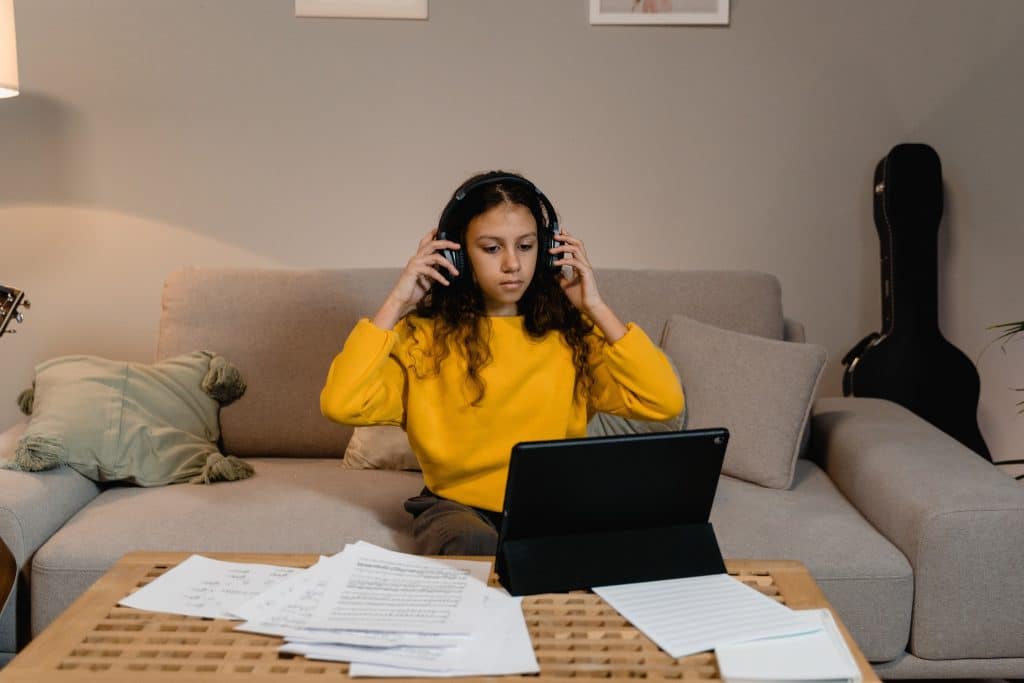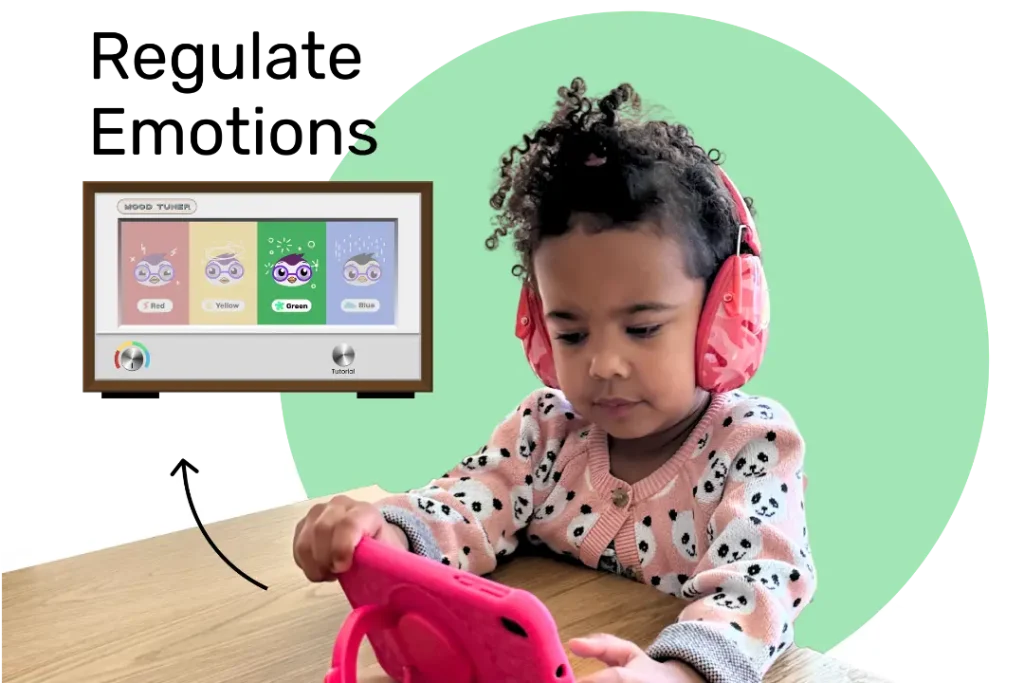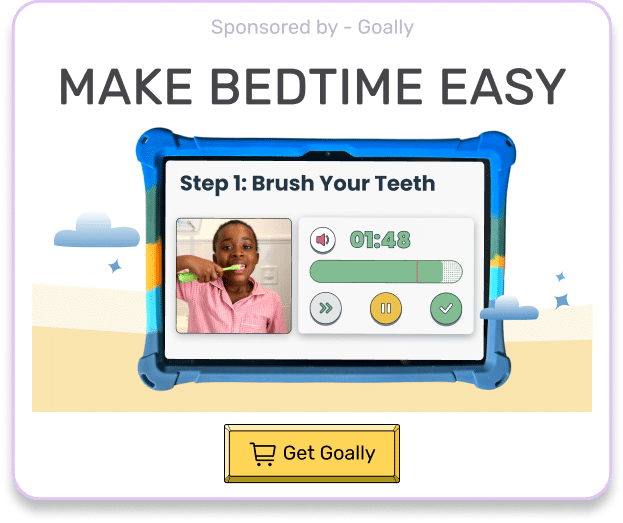Picture a busy playground full of kids laughing and talking. For some children, especially those with autism, these everyday places can be overwhelming due to their sensitivity to noise. Noise cancelling headphones for kids with autism can make a big difference in their lives, helping them feel more at ease and reducing stress caused by too much noise. In this blog post, we’ll explore the benefits of noise cancelling headphones and how they can help kids with thinking and learning differences.
Table of Contents
Why Noise Cancelling Headphones Are Important for Kids with Autism
Kids with autism often have a hard time with loud noises, making it tough for them to ignore background sounds. This can lead to feeling overwhelmed, getting anxious, having meltdowns, and having trouble focusing. Noise cancelling headphones for kids with autism can help by lowering background noise, so your child can focus on specific sounds or tasks. This gives your child more control over their surroundings and can lower anxiety and stress from too much noise.
Read More: ADHD Noise Sensitivity

Using noise cancelling headphones can also make your child feel more comfortable in noisy places, such as school, shopping centers, or social events. By reducing sensory overload, these headphones can help your child feel more at ease and focused in different environments, improving their overall quality of life.
How to Pick the Right Noise Cancelling Headphones for Your Child
When choosing noise cancelling headphones for your child, it’s important to think about comfort, fit, and how well they work. Comfort is key, as your child will be more likely to wear the headphones if they feel good on their head. Look for headphones with soft, cushioned ear cups and an adjustable headband for a comfy fit.
Fit is also important, as the headphones should fit snugly over your child’s ears to block out noise effectively. Additionally, effectiveness is crucial, so choose headphones with active noise cancelling technology, which uses microphones to find and block out background noise. Finally, consider extra features like built-in volume control and a foldable design for easy storage and carrying.
| Comfort | Fit | Effectiveness | Extra Features |
|---|---|---|---|
| Soft, cushioned ear cups | Snug fit over ears | Active noise cancelling technology | Built-in volume control |
| Adjustable headband | Microphones to detect and block noise | Foldable design |
How to Help Your Child Get Used to Noise Cancelling Headphones
Getting your child used to noise cancelling headphones might take some time and patience. Start by letting your child wear the headphones for short periods, slowly making the time longer as they get more comfortable. Give praise and encouragement, telling your child they’re doing a good job wearing the headphones and reminding them of the benefits, like less noise and better focus.
Show your child that wearing noise cancelling headphones is a normal and helpful thing to do by wearing them yourself. Let your child decide when and where to use the headphones, giving them a sense of control and independence. This will help them feel more comfortable and confident using their new tool.
- Start slow
- Give praise and encouragement
- Show them how
- Offer choices

Read More: Autism Loud Noises in Kids
More Ways to Help with Sensory Sensitivities
Creating a sensory-friendly environment at home can help address sensory sensitivities in children with autism. This can be achieved by decluttering, using gentle lighting, and selecting soothing colors. This can make your child feel more relaxed and comfortable in their environment.
Setting up routines and schedules can also give your child a sense of order and predictability, which can help reduce anxiety. Encourage your child to do sensory activities, like playing with fidget toys or using weighted blankets for deep pressure. Finally, consider working with an occupational therapist who knows about sensory integration to make a plan just for your child.
Goally | Kid’s Tablet for Building Emotional Regulation Skills
Is your child struggling with understanding and managing their emotions? Goally teaches emotional regulation skills in a fun and interactive way!

The Mood Tuner app encourages kids to look inwards and identify their feelings, helping them understand what’s going on inside. Once they’ve recognized their emotions, they can choose from a variety of exercises designed to help them self-regulate and find their balance.
Enjoy the Benefits of Noise Cancelling Headphones for Kids with Autism
Noise cancelling headphones for kids with autism can make a big difference in your child’s life. By lowering sensory overload, these headphones can help your child feel more at ease and focused in different places. When choosing headphones for your kid, make sure they fit well, feel comfy, and work properly. Be patient as your child adjusts to them. With the right help and strategies, your child can feel better and enjoy a more manageable sensory experience.
FAQs About Noise Cancelling Headphones for Kids With Autism
Why are noise-canceling headphones beneficial for kids with autism? Noise-canceling headphones help children with autism by reducing sensory overload, making environments less overwhelming, and helping to increase focus on tasks.
What should I look for in noise-canceling headphones for kids with autism? Look for headphones that offer active noise cancellation, comfortable fit, safety features like volume limit, and durability to withstand regular use.
Are noise-canceling headphones safe for kids with autism? They are safe if used correctly, preferably with a built-in volume limit feature to prevent potential damage to the child's hearing.
How do noise-canceling headphones help with sensory processing in children with autism? They help by blocking background noise, thus reducing sensory stimuli, which can help children with autism process information better and reduce anxiety or stress.
Can my child wear noise-canceling headphones all the time? It's best to consult a healthcare professional or audiologist. However, headphones should be used judiciously for optimal auditory development and social interaction.
This post was originally published on 05/02/2023. It was updated on 11/22/2023.

Goally
We help parents teach their kids life skills, like doing bedtime and morning independently. Backed by science, we incorporate evidence-based practices and expert-informed designs in all of our apps and content.







